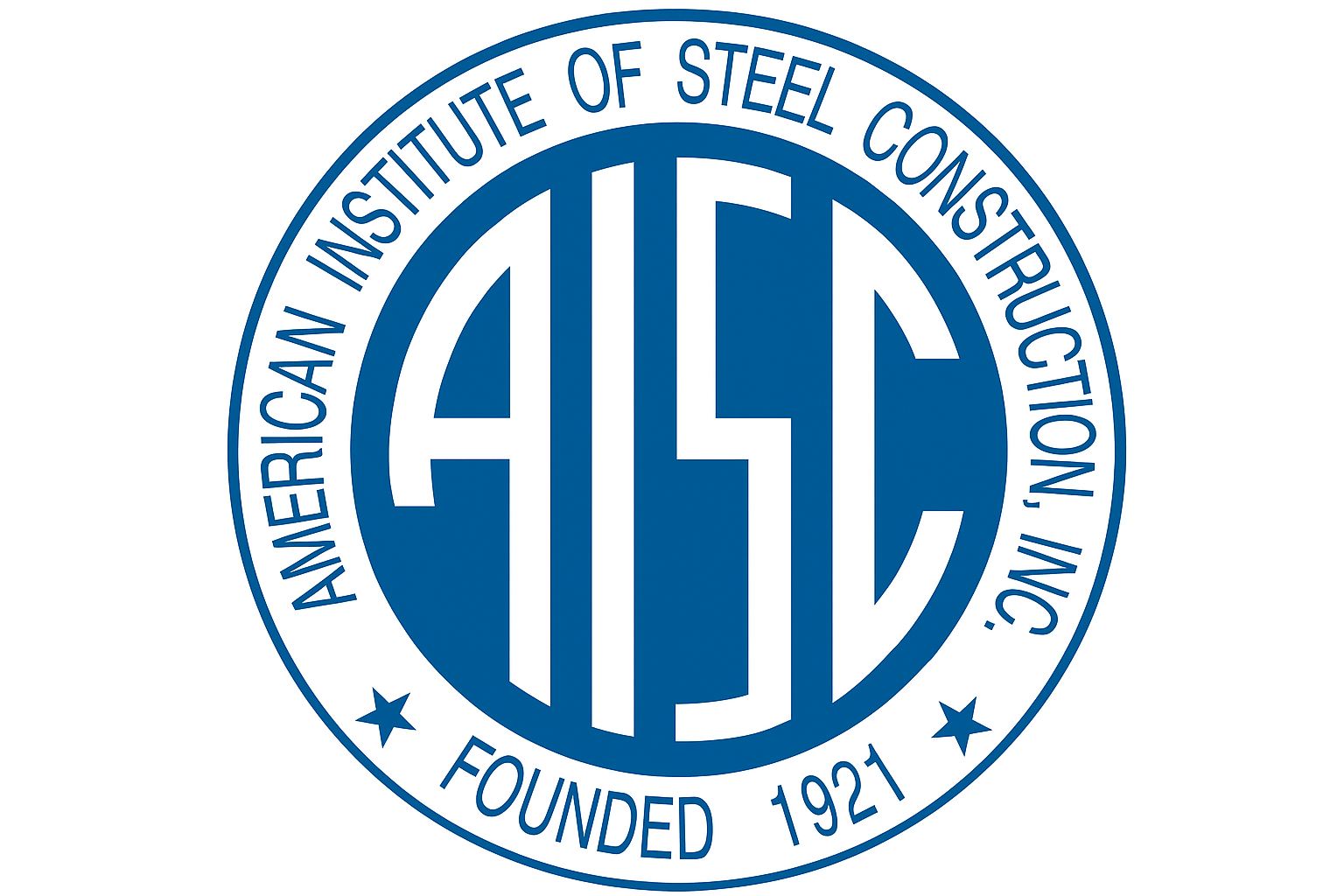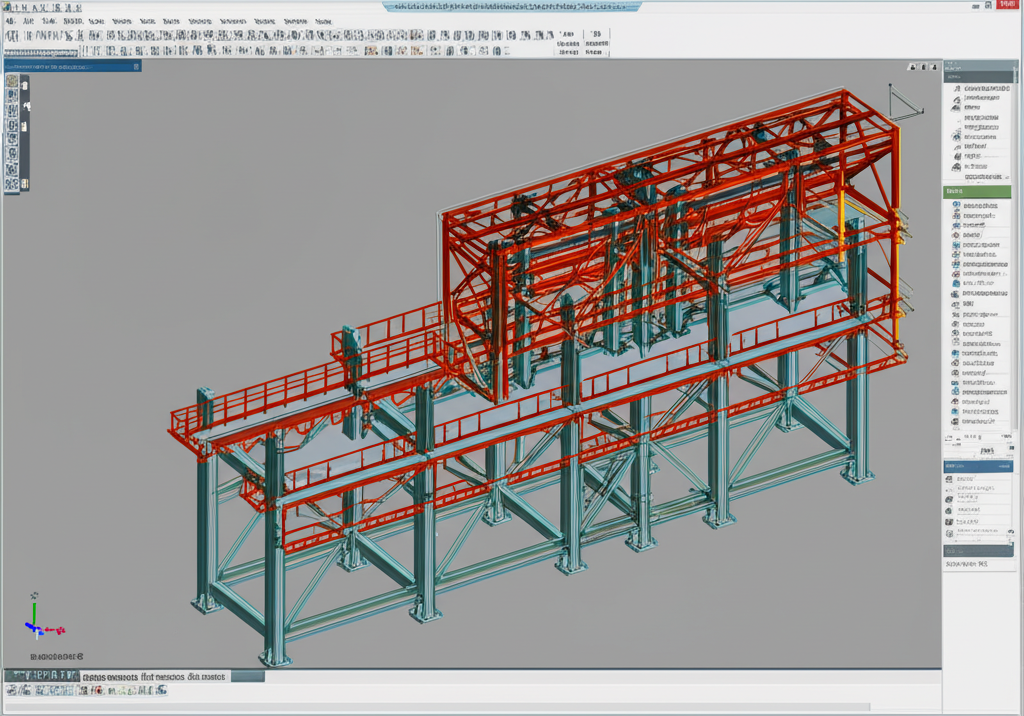The field of steel detailing has undergone a remarkable transformation over the past few decades, evolving from traditional manual drafting techniques to sophisticated digital processes powered by Building Information Modeling (BIM) technologies.
The Era of Manual Drafting
In the early days of steel detailing, professionals relied entirely on manual drafting techniques. Armed with drafting boards, T-squares, triangles, and pencils, detailers would meticulously create detailed drawings by hand. This process was not only time-consuming but also prone to errors and inconsistencies.
Manual drafting required exceptional spatial visualization skills and a deep understanding of structural engineering principles. Detailers would work from engineers' design drawings, translating them into fabrication and erection drawings that could be used in the field. Any changes or revisions meant redrawing entire sections, making the process inefficient and costly.
The Digital Revolution: CAD Systems
The introduction of Computer-Aided Design (CAD) systems in the 1980s marked the beginning of the digital revolution in steel detailing. 2D CAD software allowed detailers to create drawings electronically, making revisions much easier and improving overall accuracy.
As CAD technology advanced, 3D modeling capabilities emerged, enabling detailers to create three-dimensional representations of steel structures. This advancement significantly improved visualization and helped identify potential clashes or interferences before construction began.
The BIM Era
The most recent and perhaps most significant evolution in steel detailing has been the adoption of Building Information Modeling (BIM). BIM goes beyond simple 3D modeling by incorporating comprehensive information about each component of a structure, including physical and functional characteristics.
In the context of steel detailing, BIM software like Tekla Structures, Revit, and Advance Steel allows detailers to create intelligent models that contain detailed information about each steel member, connection, and assembly. These models serve as a central database for all project information, facilitating collaboration between different disciplines and stakeholders.
Benefits of Modern Steel Detailing
The evolution from manual drafting to BIM has brought numerous benefits to the steel detailing process:
- Improved Accuracy: Digital tools minimize human error and ensure consistency across all drawings and models.
- Enhanced Collaboration: BIM enables real-time collaboration between detailers, engineers, architects, and fabricators.
- Increased Efficiency: Automated processes reduce the time required to create detailed drawings and models.
- Better Visualization: 3D models provide clear visualization of complex structures, helping identify potential issues early in the design process.
- Streamlined Fabrication: Modern detailing software can generate CNC files directly from the model, streamlining the fabrication process.
The Future of Steel Detailing
As technology continues to advance, the future of steel detailing looks promising. Emerging technologies such as artificial intelligence, machine learning, and augmented reality are beginning to make their way into the field, offering new possibilities for automation, optimization, and visualization.
The integration of these technologies with existing BIM platforms will likely lead to even more efficient and accurate steel detailing processes, further reducing costs and improving project outcomes.
Conclusion
The evolution of steel detailing from manual drafting to BIM represents a significant advancement in the construction industry. While the fundamental principles of steel detailing remain the same, the tools and methodologies have transformed dramatically, enabling more efficient, accurate, and collaborative processes.
As we look to the future, it's clear that technology will continue to play a crucial role in shaping the field of steel detailing, offering new opportunities for innovation and improvement.



